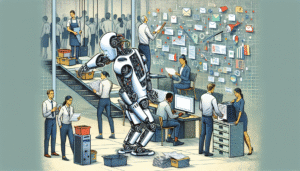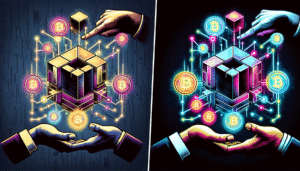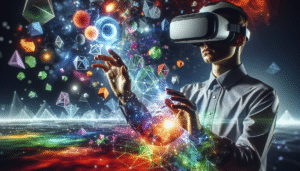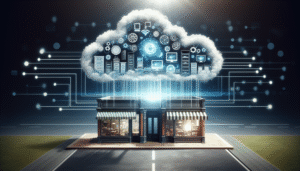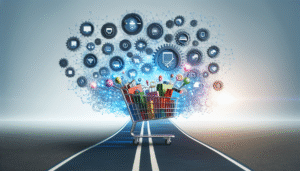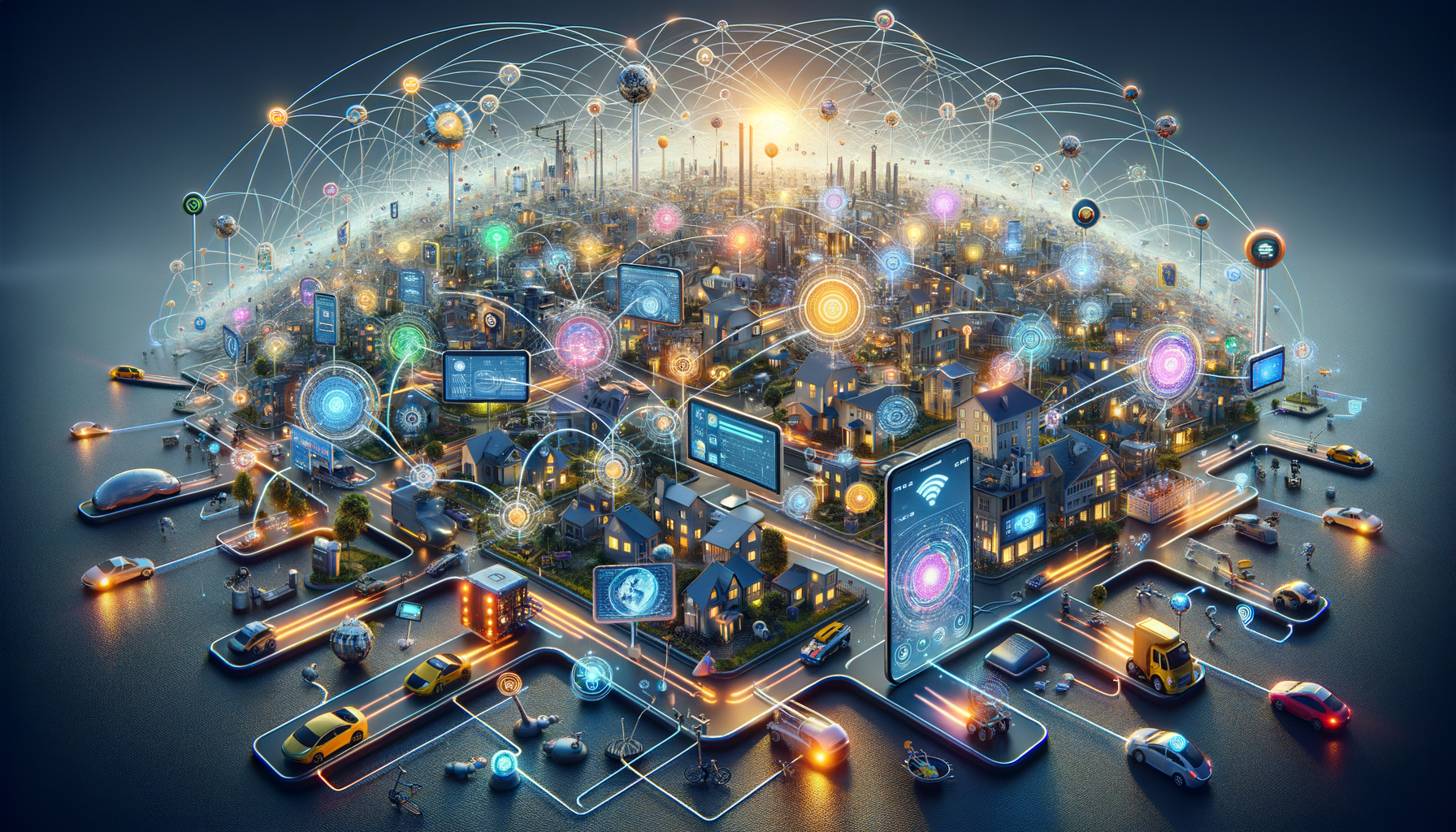
The Internet of Things: Connecting Our World
What is the Internet of Things (IoT)?
The Internet of Things (IoT) refers to a vast network of physical objects embedded with sensors, software, and other technologies that connect and exchange data with other devices and systems over the internet. These “things” can be anything from everyday household appliances and wearable fitness trackers to sophisticated industrial machines and smart city infrastructure. The IoT is rapidly transforming how we live, work, and interact with the world around us, creating a more interconnected and intelligent ecosystem.
Key Components of the IoT Ecosystem:
The IoT ecosystem comprises several interconnected components working together to enable seamless data exchange and functionality. These include:
- Sensors: These devices collect data from the physical environment, such as temperature, pressure, light, motion, and location. They are the eyes and ears of the IoT, providing the raw data that fuels the entire system.
- Connectivity: This element facilitates the transfer of data between devices and the cloud. Various communication technologies are employed, including Wi-Fi, Bluetooth, cellular networks (3G, 4G, 5G), LoRaWAN, and Zigbee. Choosing the right connectivity depends on the specific application and its requirements for bandwidth, range, and power consumption.
- Data Processing: Once data is collected, it needs to be processed and analyzed to extract meaningful insights. This can occur on the device itself (edge computing) or in the cloud. Cloud platforms offer powerful computing resources and sophisticated analytics tools for handling large volumes of data.
- User Interface: This is the point of interaction between humans and the IoT system. It can be a mobile app, a web dashboard, or even a voice assistant. A well-designed user interface allows users to monitor data, control devices, and receive notifications.
- Security: Securing the IoT ecosystem is paramount. With billions of connected devices, the potential for cyberattacks is significant. Robust security measures are needed to protect sensitive data and prevent unauthorized access to devices.
Applications of the IoT Across Industries:
The IoT is revolutionizing various industries, offering opportunities for increased efficiency, improved safety, and innovative new services. Some notable examples include:
- Smart Homes: IoT-enabled devices like smart thermostats, lighting systems, and security cameras allow homeowners to automate tasks, enhance comfort, and improve energy efficiency.
- Healthcare: Wearable health trackers, remote patient monitoring systems, and smart medical devices enable personalized healthcare, early disease detection, and improved patient outcomes.
- Manufacturing: IoT sensors and analytics provide real-time insights into production processes, enabling predictive maintenance, optimizing resource allocation, and enhancing product quality.
- Transportation: Connected cars, smart traffic management systems, and fleet tracking solutions improve road safety, optimize logistics, and reduce traffic congestion.
- Agriculture: IoT sensors monitor soil conditions, weather patterns, and crop health, enabling precision farming techniques that optimize water usage, fertilizer application, and pest control.
- Retail: IoT-enabled beacons, smart shelves, and personalized shopping experiences enhance customer engagement, improve inventory management, and drive sales.
Challenges and Considerations for IoT Deployment:
While the IoT offers immense potential, several challenges need to be addressed for its successful deployment:
- Data Security and Privacy: Protecting sensitive data from unauthorized access and ensuring user privacy are crucial concerns. Strong encryption, authentication mechanisms, and data governance policies are essential.
- Interoperability: Ensuring seamless communication and data exchange between devices from different manufacturers is critical for creating a truly interconnected ecosystem. Standardized protocols and platforms are needed to promote interoperability.
- Scalability: The IoT ecosystem is rapidly expanding, with billions of devices expected to be connected in the coming years. The infrastructure and systems need to be scalable to handle this exponential growth.
- Power Management: Many IoT devices are battery-powered, and optimizing power consumption is crucial for extending their lifespan and reducing maintenance costs. Energy-efficient hardware and software designs are essential.
- Data Management and Analysis: The vast amount of data generated by IoT devices needs to be effectively managed, processed, and analyzed to extract meaningful insights. Cloud-based platforms and advanced analytics tools are essential for handling this data deluge.
- Regulatory Landscape: The regulatory landscape for IoT is still evolving. Governments and regulatory bodies are working to establish standards and guidelines for data security, privacy, and interoperability.
The Future of the IoT:
The IoT is still in its early stages of development, and its potential is vast. As technology continues to advance, we can expect to see even more innovative applications of the IoT in various industries. The future of the IoT is likely to be characterized by:
- Increased Artificial Intelligence (AI) Integration: AI algorithms will play a crucial role in analyzing the massive amounts of data generated by IoT devices, enabling more intelligent automation and decision-making.
- Edge Computing: Processing data closer to the source (on the device itself) will become increasingly important for reducing latency, improving bandwidth efficiency, and enhancing data security.
- Blockchain Technology: Blockchain can enhance security, transparency, and trust in IoT networks by providing a secure and tamper-proof ledger for recording transactions and data exchanges.
- 5G and Beyond: The rollout of 5G and future generations of wireless technology will provide the high bandwidth, low latency, and massive connectivity required to support the continued growth of the IoT.
The IoT is transforming our world in profound ways, creating a more interconnected, intelligent, and efficient ecosystem. By addressing the challenges and embracing the opportunities, we can unlock the full potential of the IoT and create a better future for all.








